Front-end development is one of the most important processes of developing a website. Front-end is the side of a website a user interacts with. There have been several languages for developing front-end for a long time now. Out of all these front-end development languages, we have chosen the top 4 most used languages today. In this article, we will review these languages and what makes them great, and what features they offer.

Front-end deals with the client’s side, and back-end is the server’s side. All the things that a user sees and interacts with should be developed by the front-end developers. These things include buttons, templates, navigation menus, etc. The back-end deals with the operations that enable the website to serve the user. These operations can include creating databases, libraries, APIs, etc.
Front-end languages mostly deal with the visuals and trigger functions that enable operations in the back-end. These languages include HTML, CSS, JavaScript, React, Angular, and Vue.
Back-end languages deal with creating functions and libraries, including JavaScript, Python, Ruby, PHP, etc. As you can see, JavaScript is useful for lots of functions in both the back-end and the front-end.
Now that we have reviewed a brief of these languages, let’s see the top 4 front-end development languages.

HTML stands for Hyper Text Markup Language. It was initially released in 1993, and after so many improvements and updates, nowadays we use the most updated version, HTML5. Here are some of the features of this language:

CSS stands for Cascading Style Sheets. It was initially released in 1996. To this day, we use CSS to give our website a visual design, including coloring, shapes, sizing, hover animations, etc. We can create a lightweight file and store all the visual assets and elements of a website there. Here are some of the features of this language:

JavaScript was initially released in 1995, and since then, it has been used alongside HTML and CSS to create interactivity and coordinate the functions and operations of the website with the back-end. All the animations and interactions on a website are possible with JavaScript. Here are some of the features of this language:

React JS was initially released in 2013, and today we have the stable version of it after lots of updates. It is an open-source library on JavaScript. It has been increasingly used by many companies across the globe due to its ability to enhance user experience. Facebook, Instagram, and WhatsApp are great examples of companies that use this language. Here are some of its features:


The good thing about starting out with these front-end development languages is that you can use them together to create an even better website for your specific needs. If you need consultation or front-end development for your website, you can contact our React JS and front-end development professionals at PengYi Labs to guide you through the process. We are available for new projects!
If you have started doing web design recently, you know that there are several tools for it. One of these great tools is Adobe XD. It is an Adobe product that works great with the Adobe Creative Suite. In this article, we will be covering all that you need to know to start your UI and UX design process with Adobe XD and use it for most of your web design needs.
Many people think because the XD in Adobe XD means Experience Design, Adobe XD must only be useful for UX design. This is a wrong belief, however. Adobe XD is a great tool for both UI and UX design, and in general, web design. It offers most of the things offered by other tools. In addition, you benefit even a lot more of the material provided by the Adobe Creative Suite. Meaning that you can use plugins, textures, etc. The entire library of Adobe is at your service.
You can design the user interface of a website or an app, create beautiful user prototypes, and share the results with your coworkers and fellow web developers. If you have already worked with Figma or Sketch, Adobe XD must seem very familiar to you. You essentially do not have much learning to do, and most of the usage is only about practicing and trying to use the shortcuts to adapt to the workspace presented to you.
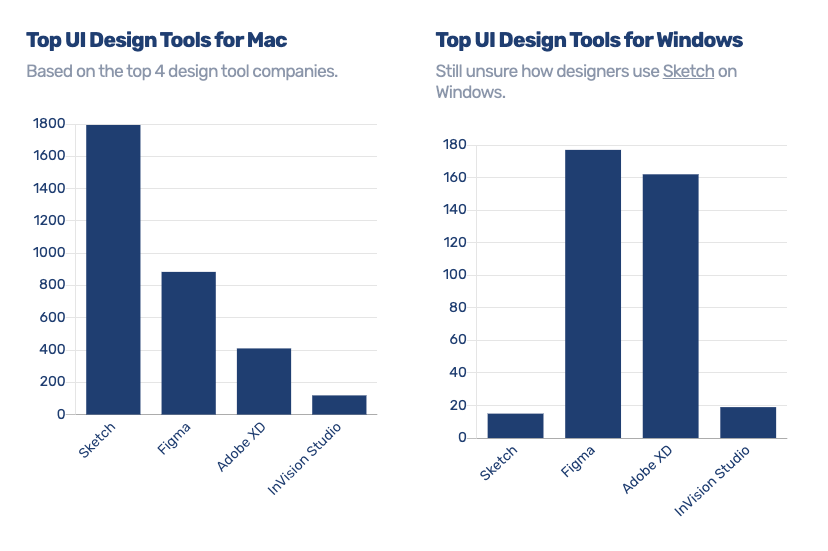
Adobe XD almost has all the features of a UI & UX design tool that Figma, Sketch, InVision, etc. offer. However, on Figma and Sketch, you can have several pages open inside a project file. Inside each page, you can have as many frames as you need. On Adobe XD, you can only have one page open for a project file. Inside that one file, you can have lots of artboards to do your web design.
Also, compared to Figma which is online and has real-time sharing, Adobe XD can work offline but does not have real-time design and prototype sharing. You will have to upload the Adobe XD file to the cloud to be able to share it with other people.
Another thing that is a bit harder on Adobe XD is creating wireframes. Wireframes are the first drafts of the layouts of the product. On Figma, you can find wireframe kits that allow you to easily drag and drop pre-made elements to quickly create your wireframes and not care about the lines being too straight. Creating wireframes on Adobe XD alone seems to be very time-consuming and difficult. That is why most people prefer other tools for creating wireframes.
Even though it might seem that Adobe XD lacks more things than it offers, Adobe XD might even overpower the other tools in the huge library of materials offered by Adobe Creative Cloud.
If you want to design the user interface of a product, the design tab has all you need. It is being updated with the latest tools that web designers need constantly. For example, recently, Inner Shadow has been added. You have all the options of creating grids, aligning the contents, making repeat grids, using the overlay method, background blur, object blur, drop shadow, various types of gradients, and many shapes.
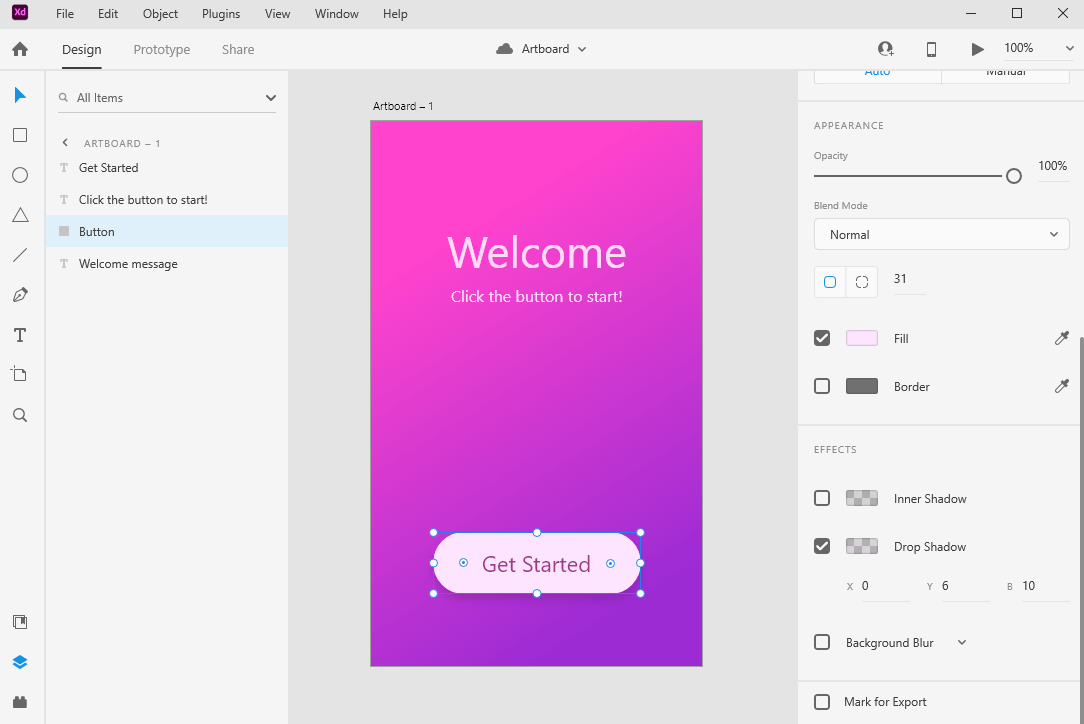
In the prototype tab, you can find various ways of creating amazing prototypes for user testing and UX design. You can use auto-animate and transition types of actions and mix them with time delays to create a stream of animations without having to keep triggering buttons. It is very easy to create prototypes and you can do it by simply dragging out the arrows to create action. You can add audio and speech playbacks to the actions, as well.
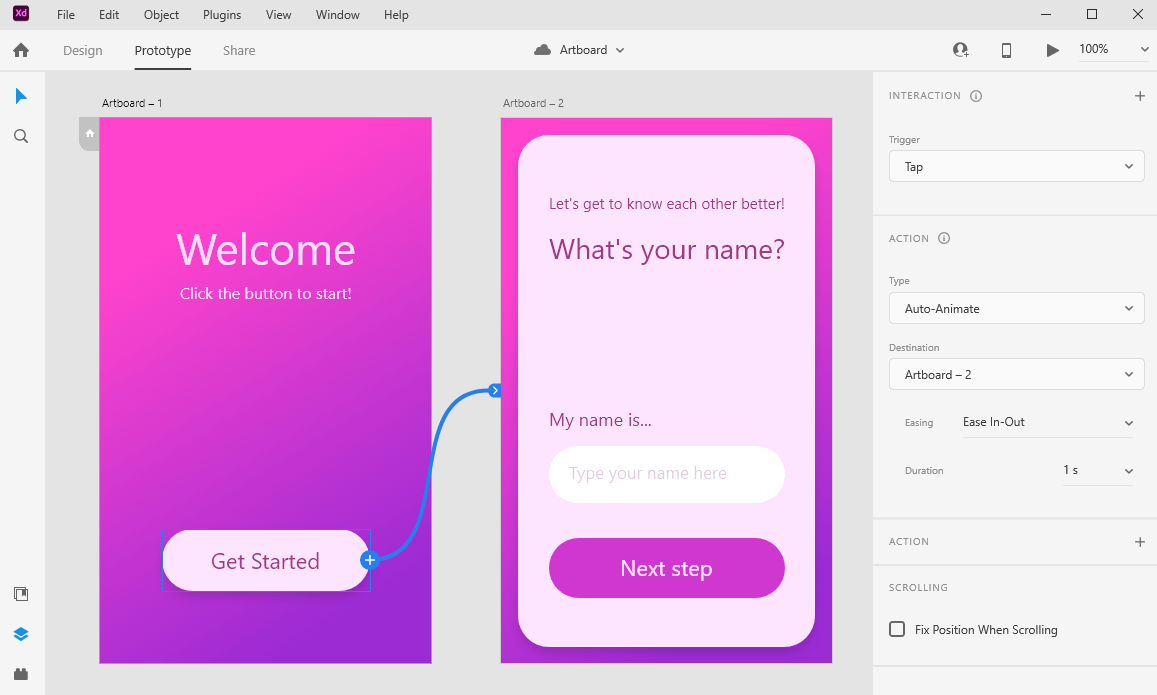
Above you can see an example of a prototype created using Adobe XD. It turns out to be an animation like below.
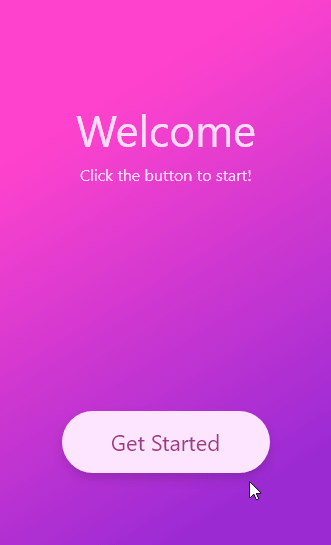
You can see this animation both on desktop and on the Adobe XD mobile app. The mobile app is a way to use your mobile device to interact with the mobile prototypes easier. You can find it on Google Play and App store.
You are definitely going to need some tools to works with Adobe XD faster and easier. You might need placeholder texts, icons, stocks photos, or ready-made pictures to drag and drop and finish your job. There is no need to become a stock photographer to use some generic pictures as placeholders. You can use what is already out there, provided by the Adobe community, for free!
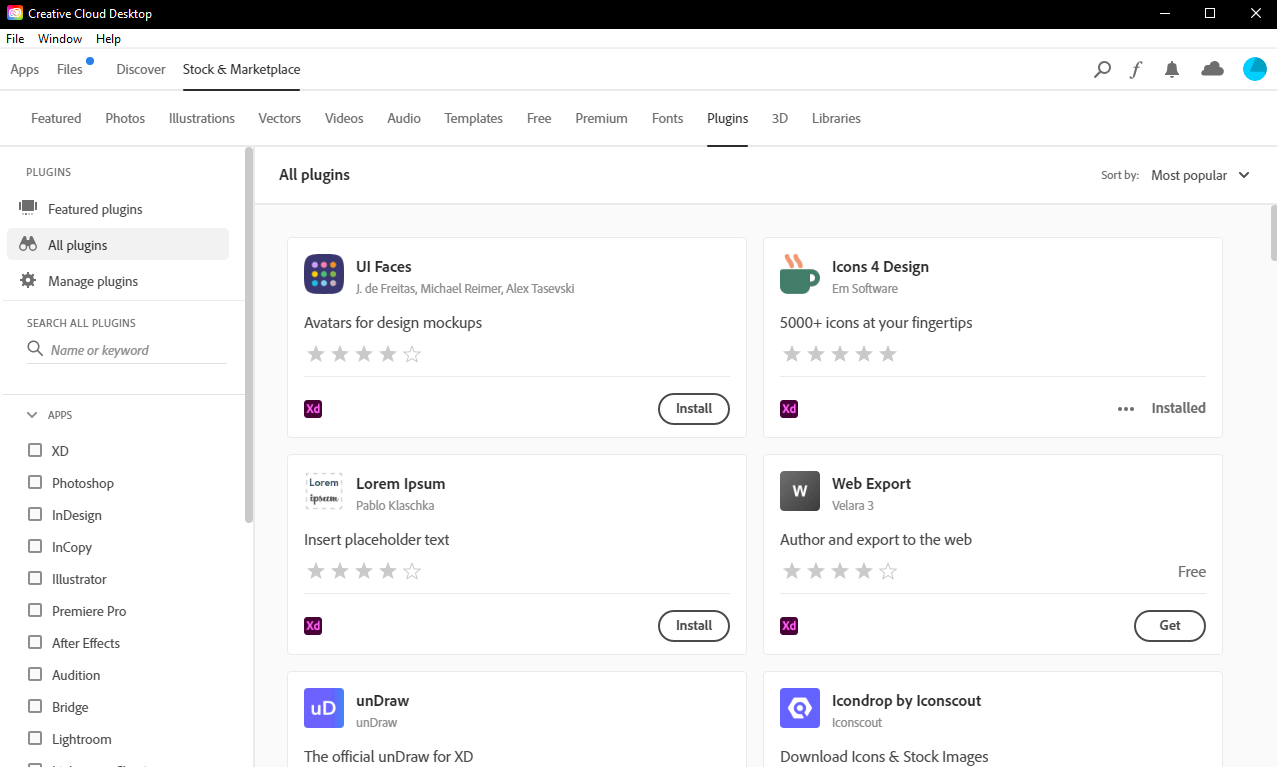
When you are done with each stage of web design, and you want to share your work with your colleagues, you can use the Share tab and share the code with developers or upload your work to the creative cloud.
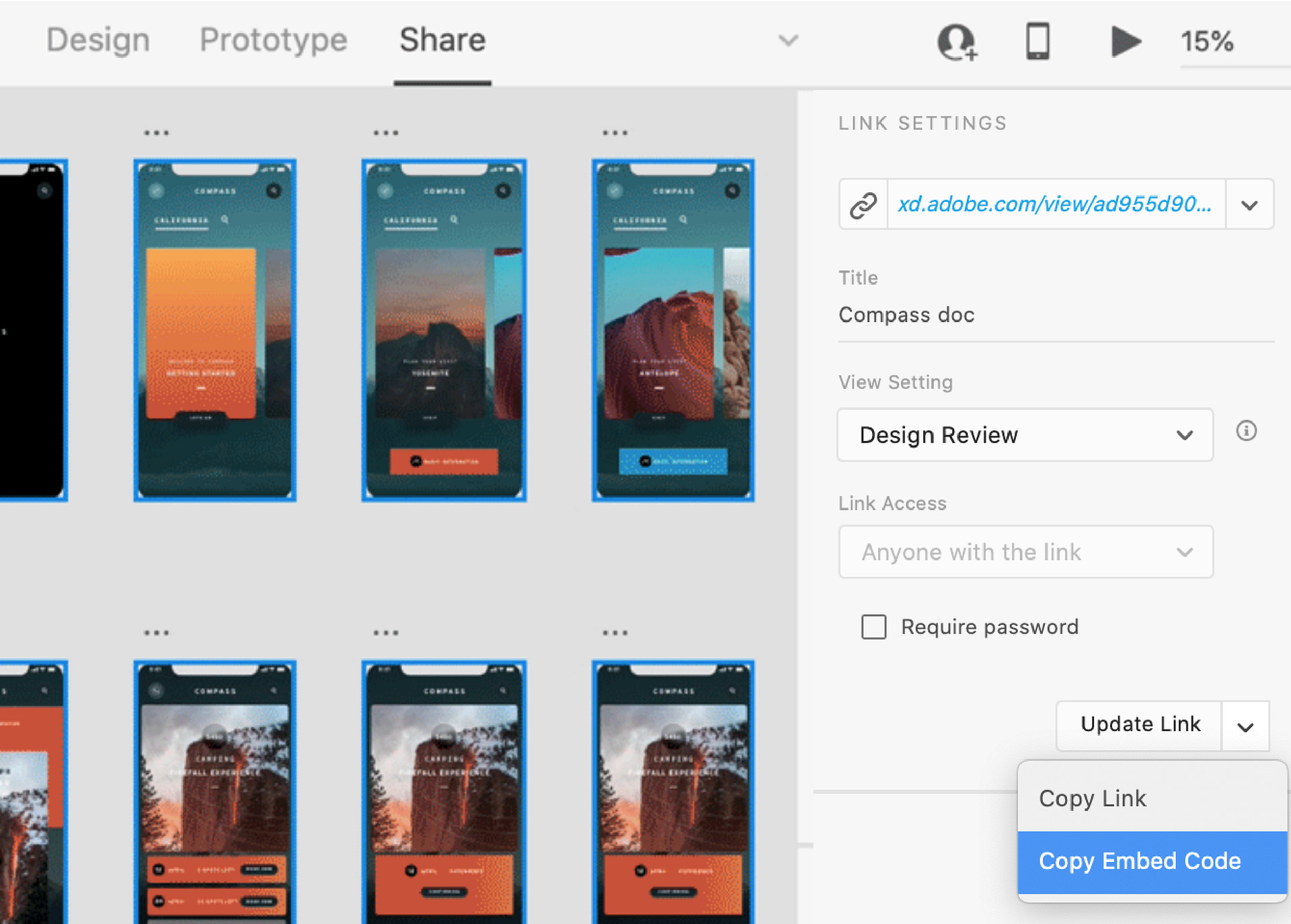
It is absolutely free to download and use for designs. However, if you want to start sharing prototypes continuously, you will need to purchase the paid package. It is only $10 and you can also use the [free trial](https://www.adobe.com/products/xd/pricing/free-trial.html#:~:text=Is Adobe XD free%3F,until after your trial ends.) to see if the paid version works for you.
Working with Adobe XD for web design is less about the knowledge of how-to and rather about the experience of working with it. You need to take your time with different parts of the Adobe XD software, and spend lots of time to get a hang of it. If you feel like you would like to use professional help for web design, you can consult our professionals at PengYi Labs who have years of experience as UI & UX designers. Whether you choose Adobe XD, Figma, or any other tool, make sure you get the best out of it.